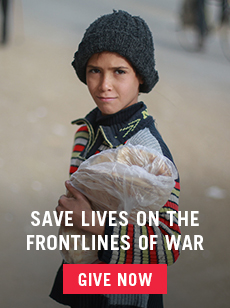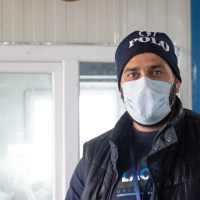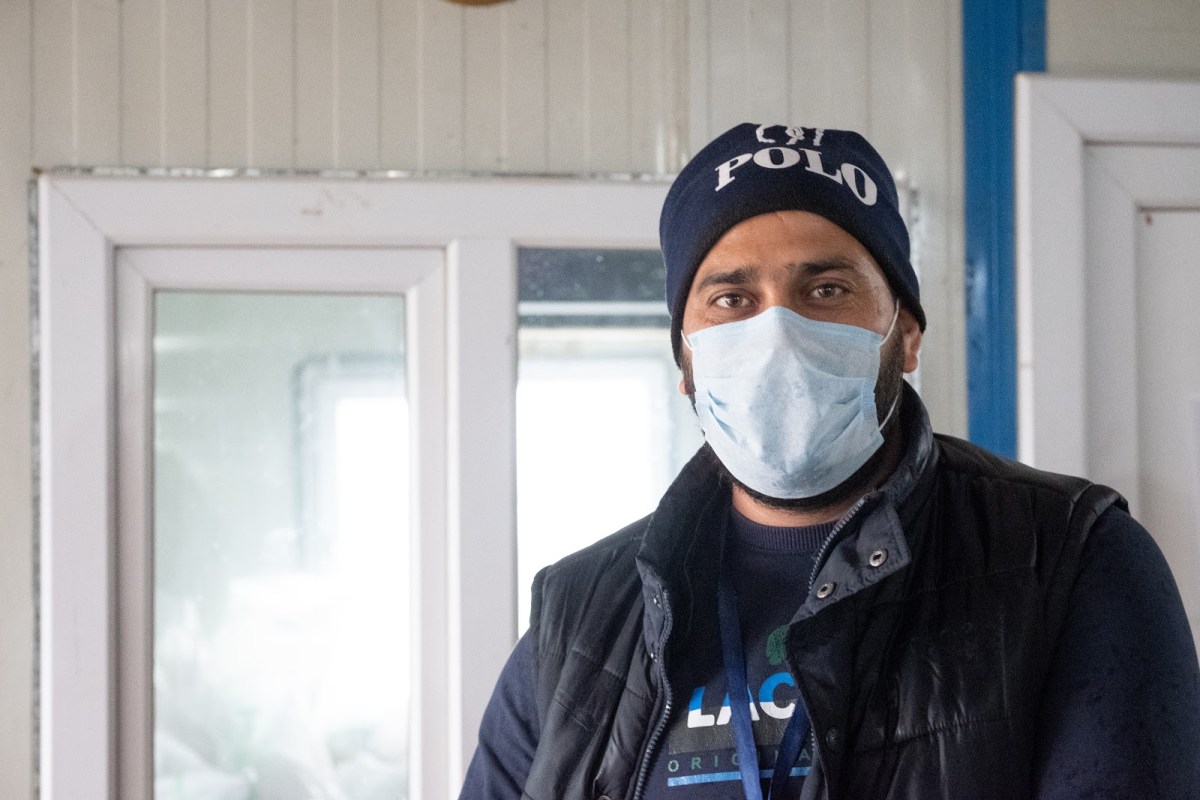As the number of COVID-19 cases increases, those in the Western world are likely hearing more and more terms thrown around, such as “quarantine” and “social distancing.” But what do these terms mean and how does each change how we love others in the midst of separation?
Social Distancing
Social distancing is where people are asked to limit the size of groups that gather, cancel events, and close public spaces. In the case of the COVID-19 pandemic, people also encouraged to keep at least 6 feet of space between each other. With social distancing, it’s the responsibility of each person to limit how many people they see and in what venues.
Read more: Social Distancing Doesn’t Have to Disconnect Us
If you’re having to practice social distancing, you may have opportunities to be a helper for those in quarantine or isolation. You should still limit the number of visits to stores and businesses. But you might be able to bring groceries and pick up prescriptions for those who cannot leave their homes. You can also choose to love by encouraging friends and family to appropriately social distance.
Quarantine
Quarantine is for people who’ve been exposed to the sickness and have to be restricted in their ability to interact with others or go out in public. People under quarantine are told to stay home and avoid interacting with anyone outside their immediate household.
Some people might choose to self-quarantine to protect themselves or their family members, particularly if they are more at risk.
If you’re in quarantine, you can still do much of what you’d normally do at home. You can write encouraging cards or letters and check in with others by phone or video chat. You could use your creativity and unique skills to create free videos for others—for example, putting on a free concert, showing how to do a craft, or teaching a house project.
Isolation
Isolation is similar to quarantine, but it’s is for individuals who have tested positive for the illness. They are not allowed to leave home or interact with others (except caregivers) in order to limit exposure. While quarantined family members can spend time together, people who are sick have to their interaction with others even in the same house, in order to limit exposure.

If you find yourself in isolation, the most loving thing you can do is take care of yourself—the world is better with you in it, healthy and whole. If you’re in isolation but your symptoms are manageable, you may be in a unique position to share your experience with others. If they are feeling well enough, you could share with others via social media, encouraging them to stay safe and be vigilant. Those who are sick can love others by making sure they follow instructions for social distancing and quarantine, in order to slow the spread of the virus to others.
Shelter in place
Shelter in place is an emergency response ordered by government officials to protect citizens. It mandates people to stay home except for essential travel (such as picking up food or groceries, attending doctor appointments, or picking up prescriptions). Depending on the specifics of the order, you may still be allowed to frequent outdoor spaces, as long as you stay at least 6 feet apart. Most non-essential business are ordered to close during a shelter-in-place order. Some orders might penalize those who go out with a fine or even jail time.
During a shelter in place order, those who are least at risk can still be helpers for others by delivering food, groceries, medications, and necessary supplies.
![]()
Love is an essential function.
In every scenario, whether social distancing or in isolation, we can practice peacemaking and love by staying open to the experiences and perspectives of those around us, and by checking in on friends and family members.
Your choice to not attend a friend’s dinner party, even though it’s just a small group, might save your grandparent, your best friend, your neighbor. More than anything, the best way we can love each other right now is by listening to health and government officials and actually staying connected but apart.


